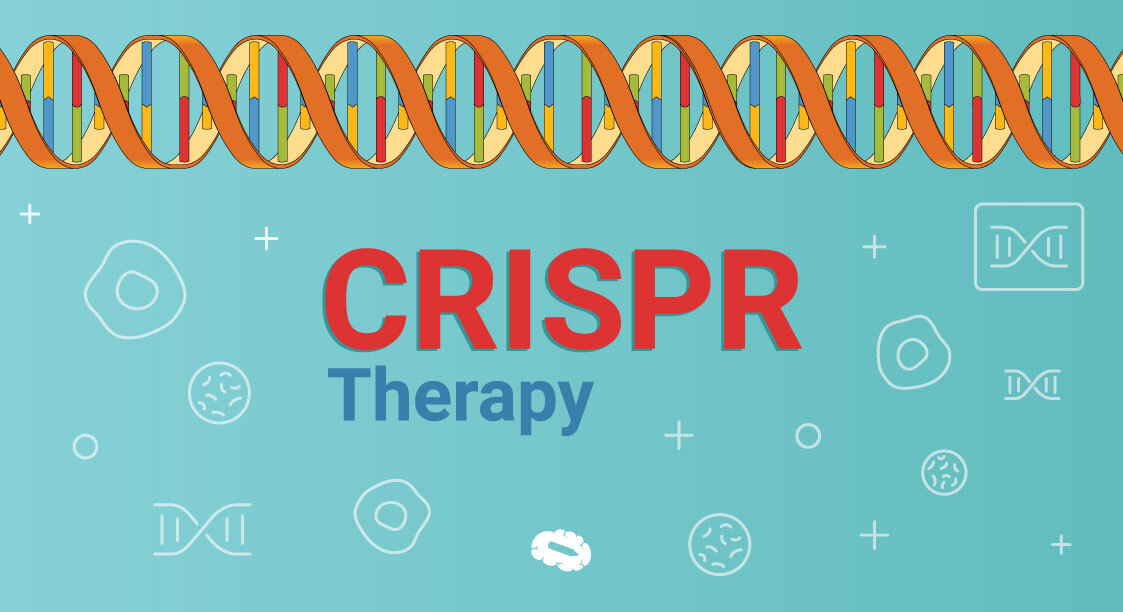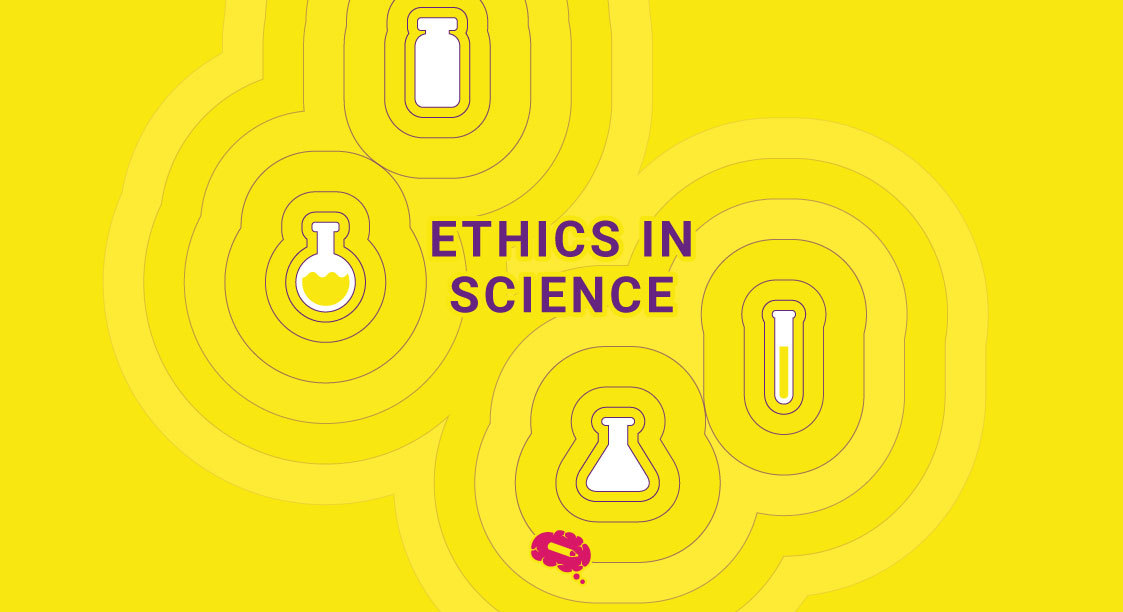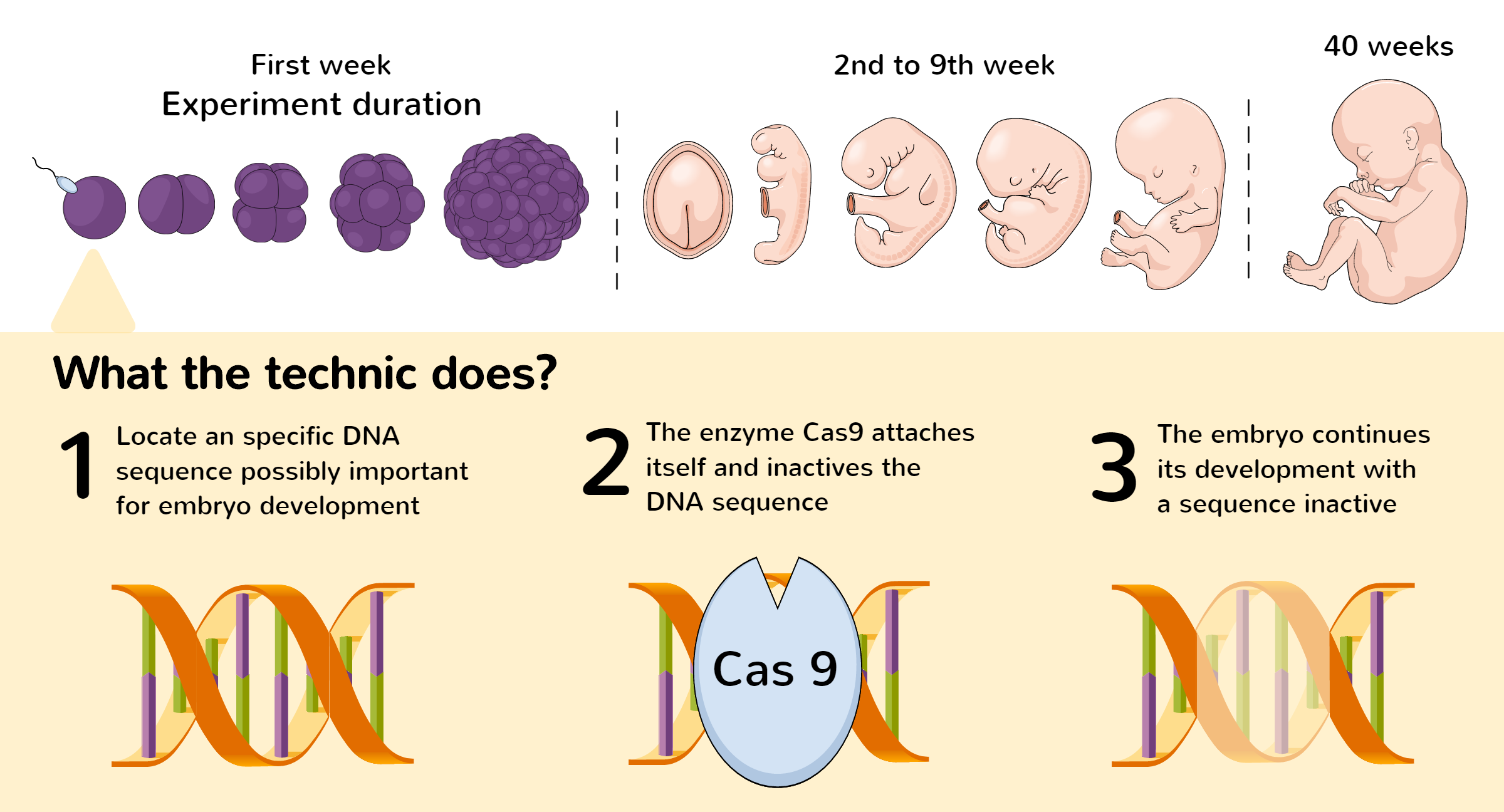Cancer has long been a difficult and diverse illness caused by changes in an individual’s DNA that activate oncogenes while inactivating tumor suppressors, also causing epigenome dysregulation, which is in charge of coordinating normal gene expression.
To summarize, cancer is a cell illness that causes changes in metabolism and cell structure, causing these cells to become corrupted to the point where they no longer function properly and evading the host’s defense mechanisms.
A large number of experts and professionals devote their careers to investigating cancer in order to completely comprehend all of its complexities and ambiguities. Learning how the genome changes, how the cell adapts, and how disease initiation occurs is one of the critical factors for developing more effective treatment choices and improving the results for cancer patients.
CRISPR therapy has established itself as a technique for investigating cell function, and it has had a significant influence on cancer research, resulting in new findings that are expected to speed up diagnosis and treatments.
What is CRISPR therapy?
Since scientists discovered that alterations in DNA cause cancer, they have been looking for an approach to fix such changes through DNA manipulation. And one approach found is CRISPR therapy.
CRISPR treatment can edit the DNA of human cells in the same way as an extremely accurate and easy-to-handle pair of scissors can. CRISPR edits genes by carefully cutting DNA and then systematically allowing the DNA to repair.

How does CRISPR Therapy operate?
The CRISPR technique in the lab includes two key figures: a guide RNA and a DNA-cutting enzyme, most often Cas9.
To use the CRISPR genetic scissors to change a genome, the DNA sequence to be altered must first be located. Once the pertinent DNA sequence has been identified, a single guide RNA (sgRNA) is intended to recognize and connect to it.
The guide RNA sequence complements the target DNA sequence. This means that the guide RNA will ideally only connect to the target DNA sequence and will not connect to other parts of the genome.
The Cas9 enzyme (molecular scissor protein) connects to the RNA and guides the scissors to the exact spot in the genome where the cut needs to be performed.
This repair process may be managed to modify the DNA at that spot in the genome. A gene, for example, can be eliminated or updated to repair any errors in its sequence.
Depending on how the CRISPR system is programmed, there are three possible outcomes once the target sequence is cut:
- A mutation in the DNA is introduced to heal the cut.
- Enzymes are designed to produce cuts on both sides of the target DNA in order to remove the target DNA and reconnect the ends.
- A segment of HDR can be inserted into the genome by homologous recombination.

What are CRISPR concerns?
- Getting CRISPR inside cells is a challenge. The scientists discovered a technique to accomplish so by using a virus that has been mutated to carry genes for guide RNA and Cas9. Because certain viruses may infect various types of cells, they may wind up altering, for example, muscle cells when the intention was liver cells.
- CRISPR is just now being tested in people, and scientists are concerned about how the body and immune system may react to viruses that include CRISPR or to the CRISPR elements themselves. Because the elements are unfamiliar to humans, the immune system may attack and destroy CRISPR-edited cells.
- CRISPR occasionally breaks DNA outside of the target gene, which is known as “off-target” cutting. Scientists are concerned that such unintentional alterations might be too damaging and even cancerous.
- Another important issue is that modifying cells within the body may inadvertently alter sperm or egg cells, which may be handed down to future generations.
Ethical issues
CRISPR treatment raises ethical concerns as well. See below some of the ethical concerns:
- As previously said, changing cells in the body may mistakenly affect sperm or egg cells, which might be passed down to future generations. Instead of healing disease, these alterations may hypothetically be utilized to improve desirable features.
- Many individuals oppose morally and religiously against the use of human embryos in research. In general, embryo research might involve viable or nonviable embryos left over after IVF, or embryos generated specifically for the study. Each instance has its unique set of ethical concerns.
- There is concern that genome editing will be limited to the rich, exacerbating the existing gaps in access to health care as well as other treatments.
Don’t waste time! A platform easy-to-use and just about anybody can use it.
Use an easy-to-use tool to create stunning infographics, illustrations, or even transform your work into a splendid and intelligible poster. Mind The Graph is the appropriate tool for you; you may use templates or even request one that matches your job exactly as you imagined!


Subscribe to our newsletter
Exclusive high quality content about effective visual
communication in science.




